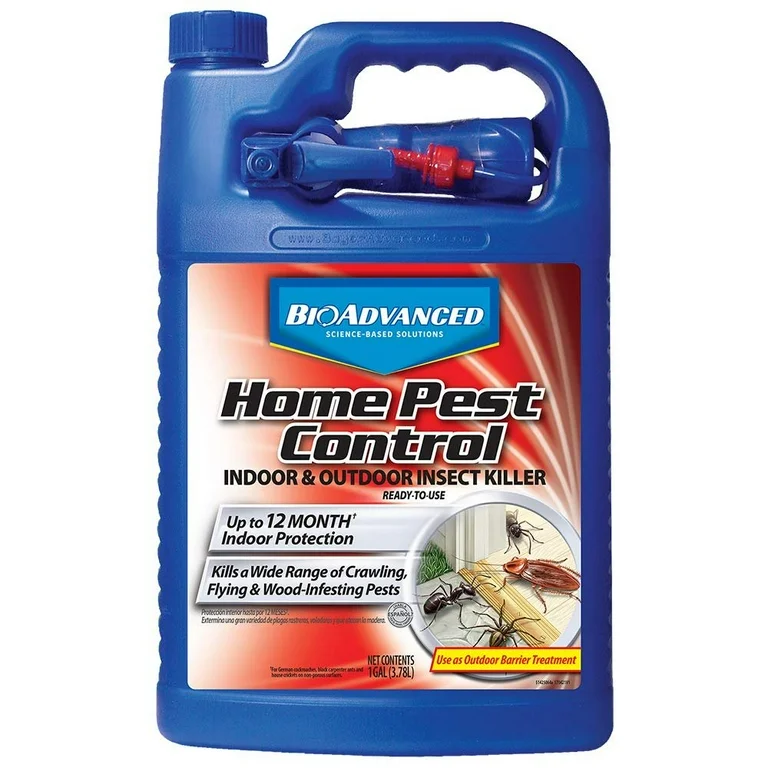A1 Pest Control Charlotte NC Bed Bugs - Specialist Elimination Services
A1 Pest Control Charlotte NC Bed Bugs - Specialist Elimination Services
Blog Article
Bed Bug Treatment Malfunction: Comparing Chemical Vs. Non-Chemical Solutions
In the world of insect control, particularly when dealing with the relentless issue of bed pests, the choice between chemical and non-chemical treatment remedies can be a critical one. Both methods use distinctive advantages and drawbacks, influencing aspects such as efficiency, security considerations, and total cost. By taking a look at the nuanced details of each approach, a clearer understanding of which course to go after in resolving a bed pest infestation can be achieved.
Performance of Chemical Therapies
Chemical treatments for bed pest problems have actually been commonly acknowledged for their rapid and potent efficiency in eradicating these parasites. When considering the effectiveness of chemical therapies, it is important to comprehend that they can provide a quick and thorough option to a bed insect issue. Professional exterminators commonly count on insecticides to target bed insects at numerous stages of their life cycle, consisting of fairies, adults, and eggs. These chemicals commonly function by interrupting the bed insects' nerves, leading to paralysis and eventual fatality.
Moreover, chemical therapies have the advantage of providing recurring effects, indicating that they can remain to eliminate bed pests also after the preliminary application. This recurring activity is especially useful in combating any kind of prospective re-infestations. In addition, the fast action of chemical therapies can bring alleviation to individuals dealing with serious bed insect invasions, permitting them to gain back control of their space rapidly.
Security Interest In Chemical Solutions
One important facet that requires mindful consideration when using chemical services for bed pest therapy is making sure the safety of passengers and the atmosphere. Direct exposure to specific chemicals used in bed insect treatments can lead to breathing issues, skin irritation, or other damaging responses, especially in people with pre-existing problems or level of sensitivities.
Furthermore, the environmental effect of chemical services is another considerable consideration. Some chemicals made use of in bed insect therapies may be hazardous to valuable insects, wildlife, and ecological communities if they leach right into the soil or water systems. It is necessary to use chemical therapies sensibly, following safety and security standards, and considering less poisonous alternatives to reduce these threats and ensure the risk-free and reliable management of bed insect problems.
Benefits of Non-Chemical Methods
Taking into consideration the potential safety and security issues and environmental influence associated with chemical options for bed bug therapy, checking out non-chemical approaches presents an encouraging option with numerous distinctive benefits. Non-chemical treatments are eco friendly, as they do not contribute to air or water pollution, making them a lasting selection for insect control.
Furthermore, non-chemical solutions can be efficient in targeting bed insects, consisting of hard-to-reach areas where chemical therapies might not permeate - A1 bed bug treatment in charlotte. Methods such as heat therapy, vacuuming, steam cleansing, and bed mattress encasements offer comprehensive elimination without the use of dangerous chemicals.
Limitations of Non-Chemical Treatments

Additionally, non-chemical treatments typically need multiple applications to accomplish successful removal. This can be time-consuming and might not constantly assure complete removal of all bed pests and their eggs, particularly in hard-to-reach or covert places.
In addition, the success of non-chemical therapies heavily depends on find out here now appropriate implementation and thoroughness, which can be testing for people without specialist knowledge. Poor application of non-chemical approaches might cause insufficient elimination, leading to relentless infestations and the need for additional therapies.
Consequently, while non-chemical therapies have their advantages, it is vital to acknowledge these limitations and consider them when identifying the most reliable strategy for handling bed bug invasions.
Cost Contrast: Chemical Vs. Non-Chemical Options
Offered the constraints linked with non-chemical treatments, an essential element to evaluate in the context of bed bug monitoring is the cost contrast between chemical and non-chemical options. In contrast, non-chemical treatments like heat treatment or steam can be much more pricey, with expenses varying from $1,000 to $6,000 for an entire home. While the first cost of chemical treatments might seem reduced, numerous treatments may be needed to totally get rid of the problem, possibly increasing the overall expense.
Verdict

Thinking about the potential security worries and ecological impact linked with chemical solutions for bed insect therapy, discovering non-chemical techniques presents an encouraging choice with several distinctive advantages.Given the limitations linked with non-chemical therapies, an important aspect to evaluate in the context of bed bug administration is the price contrast in between chemical and Your Domain Name non-chemical options. In contrast, non-chemical therapies like heat therapy or vapor can be more expensive, with prices ranging from $1,000 to $6,000 for an entire home. While the preliminary price of chemical treatments may appear lower, multiple therapies may be needed to fully get rid of the problem, possibly enhancing the total expense.In verdict, when contrasting chemical and non-chemical bed insect treatment alternatives, it is vital to think about effectiveness, safety, advantages, constraints, and expense.
Report this page